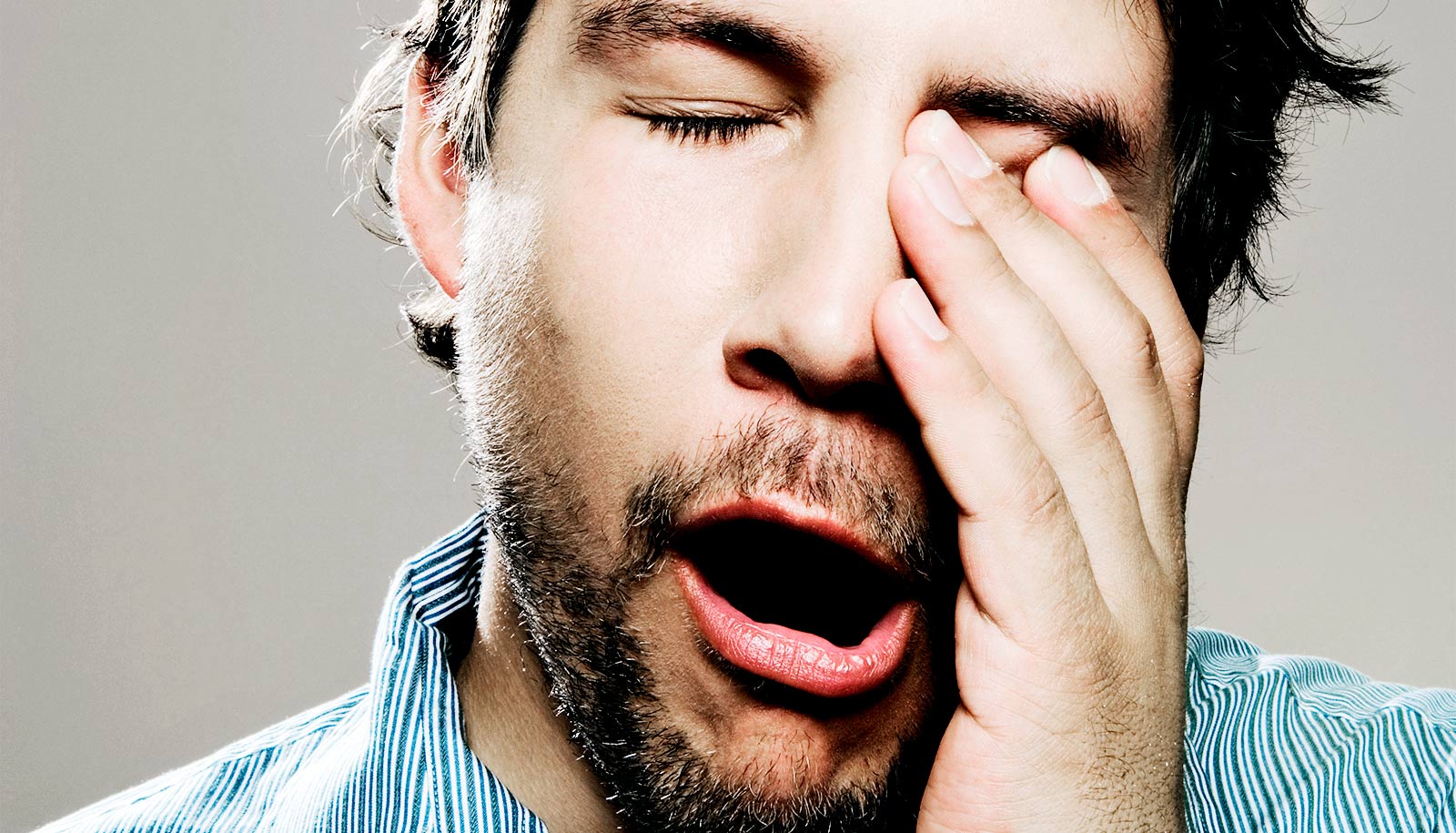Little-studied brain cells known as astrocytes are major players in controlling sleep need, a new study with mice suggests.
Astrocytes may someday help humans go without sleep for longer without negative consequences such as mental fatigue and impaired physical health, the researchers report.
According to the study in the Journal of Neuroscience, activating these cells kept mice awake for hours when they would normally be resting, without making them any sleepier.
“Extended wakefulness normally increases sleep time and intensity, but what we saw in this study was that despite hours of added wakefulness these mice did not differ from well-rested controls in terms of how long and how intensely they slept,” says senior author Marcos Frank, a neuroscientist and professor at the Washington State University Elson S. Floyd College of Medicine.
“This opens up the possibility that we might someday have interventions that could target astrocytes to mitigate the negative consequences of prolonged wakefulness.”
That might include medications that could be used to improve the productivity, safety, and health of shift workers and others who work long or odd hours, such as first responders and military personnel, according to Frank.
Sleep loss and mistimed sleep have been shown to affect a variety of key processes, including attention, cognition, learning, memory, metabolism, and immune function.
Astrocytes are types of non-neuronal cells that interact with neurons, brain cells that transmit easily measured electrical signals from the brain to other parts of the body.
Previously thought of as merely the “glue” that holds the brain together, research has shown that astrocytes play an active role in various behaviors and processes through a much more subtle and difficult-to-measure process known as calcium signaling.
This includes a previous Washington State study that showed that suppressing astrocyte calcium signaling throughout the brain resulted in mice building up less sleep need after sleep deprivation.
In the current study, the researchers looked specifically at astrocytes in the basal forebrain, a brain region known to play a critical role in determining time spent asleep and awake as well as sleep need.
Using chemogenetics—a method to control and study signaling pathways within brain cells—the researchers activated these astrocytes and found that this resulted in mice staying awake for six hours or more during their normal sleep period. What’s more, the researchers did not see subsequent changes in sleep time or sleep intensity in response to the added wakefulness, as would be expected.
“Our findings suggest that our need for sleep isn’t just a function of prior wake time but is also driven by these long-ignored non-neuronal cells,” says first author Ashley Ingiosi, an assistant professor of neuroscience at Ohio State University who conducted the study while working as a postdoctoral research associate in Frank’s lab.
“We can now start to pinpoint how astrocytes interact with neurons to trigger this response and how they drive the expression and regulation of sleep in different parts of the brain.”
Next, the researchers plan to conduct behavioral tests in mice to determine how activating basal forebrain astrocytes to induce wakefulness might affect other processes besides sleep need, such as attention, cognition, learning, memory, metabolism, and immune function.
To get at least some indication of the potential impact on attention and cognition, they looked at EEG markers of those two processes in this study and found them to be similar to those seen in well-rested controls.
The National Institutes of Health funded the work.
Source: Washington State University


